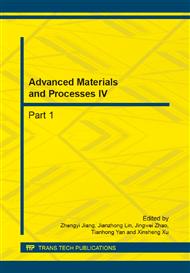p.1187
p.1191
p.1196
p.1202
p.1206
p.1213
p.1220
p.1229
p.1233
Reliability Assessment for Load Bearing Underframe on Car Body
Abstract:
The security assessment of large underframe on car body is proposed through the SINTAP/FITNET method and with the help of numerical simulation technology of finite element based on some EMU powered car in service at present. The security and reliability of the underframe structure is predicted. The defect tolerance that the underframe is ‘fitness for service’ is put forward in this paper. The result shows that the crack shape a/c has little impact on the security with the semielliptic surface cracks assumption. In addition, the security assessment on dangerous areas and critical crack sizes are acquired based on the assumption a/c=0.2. The critical crack sizes of the dangerous area 1, area 2 and area 3 are about 5 to 5.5 millimeters, while the unilateral penetrate crack size of the area 4 reaches 40 millimeters. The structures are suit for service as the risk of brittle failure is extremely small.
Info:
Periodical:
Pages:
1206-1212
Citation:
Online since:
September 2014
Authors:
Keywords:
Price:
Сopyright:
© 2014 Trans Tech Publications Ltd. All Rights Reserved
Share:
Citation:


